By Ishan Sen
Patricia Era Bath, a renowned ophthalmologist, academic and inventor, has to her credit a number of path-breaking achievements, the most prominent of them being the first African American female physician to receive a patent for a medical invention.
Bath was born on November 4, 1942, to Rupert and Gladys Bath in the Harlem neighborhood of New York City. She attended Charles Evans Hughes high school and excelled academically, winning the National Science Foundation Scholarship that led to a research project at Yeshiva University. While studying the relationship between stress, nutrition, and cancer, Bath began to develop an interest in medical science. She graduated in 1964 from Hunter College in New York City and received her medical degree from Howard University Medical School in Washington, D.C., four years later.
Bath interned at the Harlem Hospital Center and served her residency in ophthalmology as the first African American to do so at New York University School of Medicine from 1970 to 1973. Realizing the lack of access to proper eye care in Black communities, she pioneered the worldwide system of “community ophthalmology,” a volunteer-based outreach to test vision, screen for cataracts, glaucoma, and other serious eye conditions among underserved populations with the ultimate aim of preventing blindness.
In 1974, she completed a fellowship in corneal and keratoprosthesis surgery and took up the post of a surgeon at the UCLA Medical Center. Before Bath, no Black woman had served on staff as a surgeon there. A year later, she became the first woman faculty member of the Jules Stein Eye Institute. In 1977, she, along with three colleagues, founded the American Institute for the Prevention of Blindness in Washington, D.C.
Bath travelled to Berlin University in 1981 and became the head of the ophthalmology residency at Charles R. Drew two years later, the first woman ever to head such a department. In 1986, the Laserphaco Probe – a device that improves on the use of laser to remove cataracts – was finally completed after five years of research and development. In 1988, she received a patent for the instrument – the only one available then for the removal of cataracts. Prior to Bath, no African American female doctor had received a patent for a medical purpose.
Bath holds four patents in the United States, three of which relate to the Laserphaco Probe. She was elected as the first woman to the honorary staff of the UCLA after her retirement in 1993. In 2001, she registered her name in the International Women in Medicine Hall of Fame.
Source:

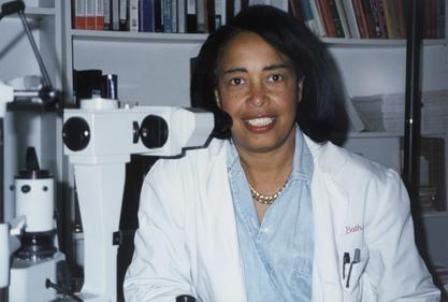







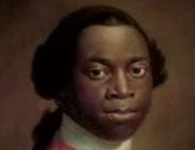

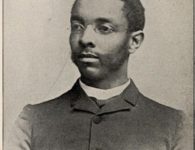

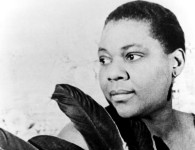


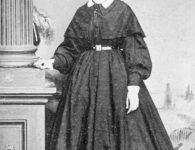




No comments